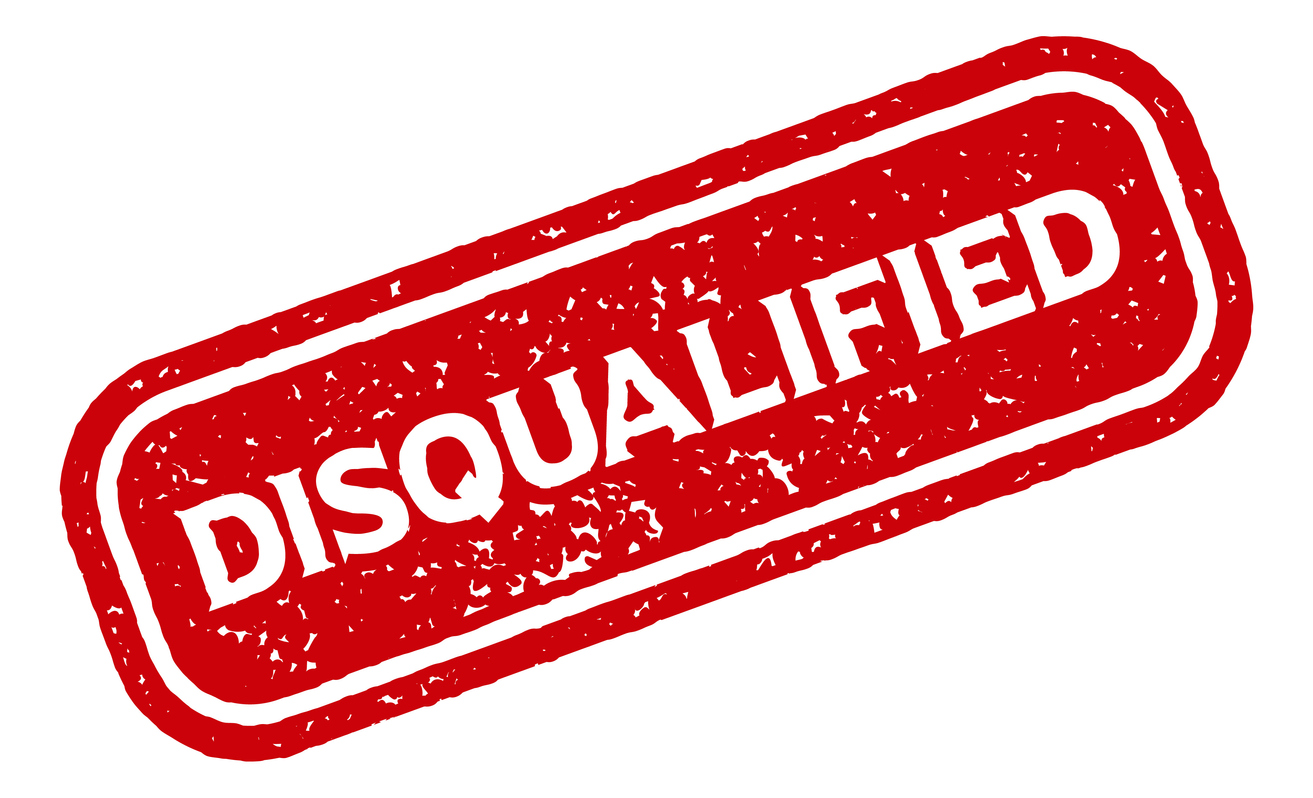The case found closest to the fact pattern above is Ironwood Building II. Ltd. v. Axis Surplus Insurance Company.1 Read further to find out who prevails in the end—the insured or the insurer.
Facts: Ironwood2 owns and occupies an office building at 153 Treeline Park Drive in San Antonio, Texas. In April of 2016, a hailstorm damaged the building’s standing seam metal roof. Plaintiffs filed a claim with their insurer, Liberty Mutual Insurance Co. (“Liberty”). Plaintiffs had paid a premium to have replacement cost coverage; therefore, the Liberty Policy provided that Liberty would pay full replacement cost3 but only when the damaged property was repaired/replaced within two years of the physical loss. If the repairs/replacement were not made within two years, Liberty was only responsible to pay actual cash value. The Liberty Policy defined “actual cash value” as “replacement cost less deduction for depreciation.”
Despite the hail damage to the Ironwood building roof, it did not leak after the 2016 hailstorm. Nevertheless, Plaintiffs obtained a replacement cost proposal for $223,275.00. Plaintiffs ultimately did not repair the roof. Liberty paid Plaintiffs $188,275.00 for damage to the roof which was arrived at by deducting a depreciation amount of $35,000.00 from the repair costs of $223,275.00. The $188,275 amount was the actual cash value of the roof.
Several months later, Plaintiffs purchased a new policy from a different carrier, Axis Surplus Insurance Company (“AXIS”), and paid $66,892 for replacement cost coverage. The AXIS Policy defined “replacement cost” as replacing actual cash value without deducting for depreciation.
In February 2017, a tornado severely damaged the Ironwood building’s roof, and it immediately began to leak causing substantial interior damages. Plaintiffs filed a claim with AXIS. AXIS appointed an adjuster and during claims handling, the adjuster learned about the 2016 hailstorm and Plaintiffs’ prior claim and payment from Liberty. At settlement of the second claim, AXIS determined the total replacement cost of the damaged property to be $470,957.64 and awarded Plaintiffs $232,684.64. The amount awarded was the replacement cost of $470,957.64, minus the AXIS Policy’s wind deductible of $50,000, minus Liberty’s previous payment of $188,275. Plaintiffs filed suit.
The Issue and the Parties Positions: The parties filed cross motions for summary judgment. The trial court found the question was a narrow one: can AXIS be held liable for breach of contract for deducting $188,275.00 from the total estimated replacement cost?
AXIS argued that a “‘significant portion of the damage included in AXIS’s replacement cost estimate was for damage to portions of the property that Liberty had previously paid for but had not been replaced….’”4 AXIS argued that it deducted the amount of Liberty’s payment to preclude Plaintiffs from receiving a double recovery—payment for the damaged roof twice.
Plaintiffs argued that they had paid a premium for replacement cost coverage and AXIS should fully honor the plain meaning of the contract/policy that it made with Plaintiffs for replacement cost coverage. Plaintiffs further argued that AXIS would be the one to gain a windfall if it were able to charge Plaintiffs a premium for replacement cost coverage and then deduct a significant amount of that total replacement cost.
The trial court saw a bigger picture of the issue to be resolved as: “which storm caused which damage because without that answer, summary judgment to either party would be inappropriate” (emphasis added).5 The court then launched into a lengthy discussion of the concurrent causation doctrine and the burdens of each party. The court saw a genuine dispute as to whether there were two concurrent causes of Plaintiffs’ damages or whether the two storms were “independent causes.” The court denied both partial summary judgment motions and concluded its opinion as follows:
In sum, if the 2016 hailstorm and the 2017 tornado combined to cause the damage such that they are concurrent causes, it is Plaintiffs’ burden to segregate those damages. They have not done so. But if the damage resulting from the 2017 tornado would have happened regardless of the 2016 hailstorm, such that the two are independent, the concurrent causation doctrine would not bar Plaintiffs from recovering the full contractual amount: the replacement cost. The record before the Court provides a genuine issue of material fact as to whether what damage, if any, was concurrent and what was independent. Accordingly, Defendant’s motion (cites to docket omitted) and Plaintiffs’ motion (cites to docket omitted) are both DENIED.6
Thus, Ironwood does not answer the question of which party prevails. Indeed, to date, I have not found a Texas case that has authorized an insurance company to deduct payments by a prior insurer for a prior claim made to the same property but under a different policy. In Texas at least, the answer to the question who prevails in such a fact pattern remains unanswered.
______________________________________
1 Ironwood Building II. Ltd. v. Axis Surplus Ins. Co., 2020 WL 3530184 (W.D. Tex. March 13, 2020).
2 Ironwood Building II owns the office building, and its affiliated entity, Principle Auto Management, occupies it as a tenant. Herein, the reference will be collectively as “Plaintiffs.”
3 The Liberty Policy defined “replacement cost” as the “‘cost to replace the covered property…[w]ith new materials of like kind and quality and used for the same purpose and [a]t the location where the loss occurred.’” See Ironwood, 2020WL 1234641 at n. 2, *5.
4 Ironwood, 2020 WL 1234641 at *2.
5 Id. at *3.
6 Id. at *5.




